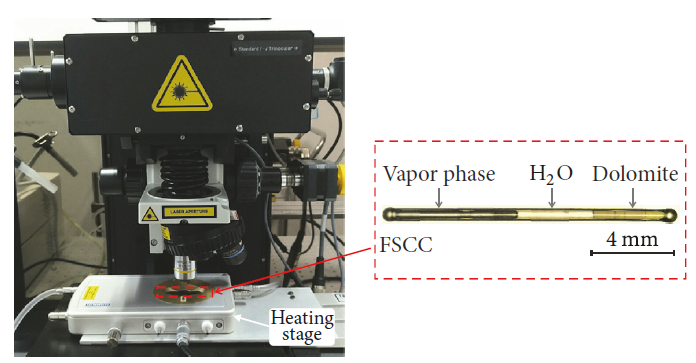Fluid inclusions are microscopic pockets of fluid trapped within minerals that can provide valuable information on the geological history and evolution of the Earth. By studying the temperature, pressure, and composition of these fluids, researchers can gain insights into the formation of ore deposits, the movement of tectonic plates, and the sequestration of carbon dioxide. However, analysing fluid inclusions is not an easy task, as they are often very small, heterogeneous, and sensitive to external conditions.
In a recent study published in Scientific Reports, Cano et al. studied fluid inclusions in quartz samples from an epithermal bonanza-type ore deposit in Mexico. They used various microscopy and spectroscopy techniques to analyse the temperature, pressure, and composition of the fluid inclusions, which contained nanomaterials of gold, silver, and copper. They proposed that these nanomaterials were formed by boiling of metal-rich brines and were responsible for the extremely high metal concentrations in the bonanza-type ore. Linkam’s THMSG600 stage used in this work was critical in order to accurately determine the homogenisation temperatures for the fluid inclusions.












